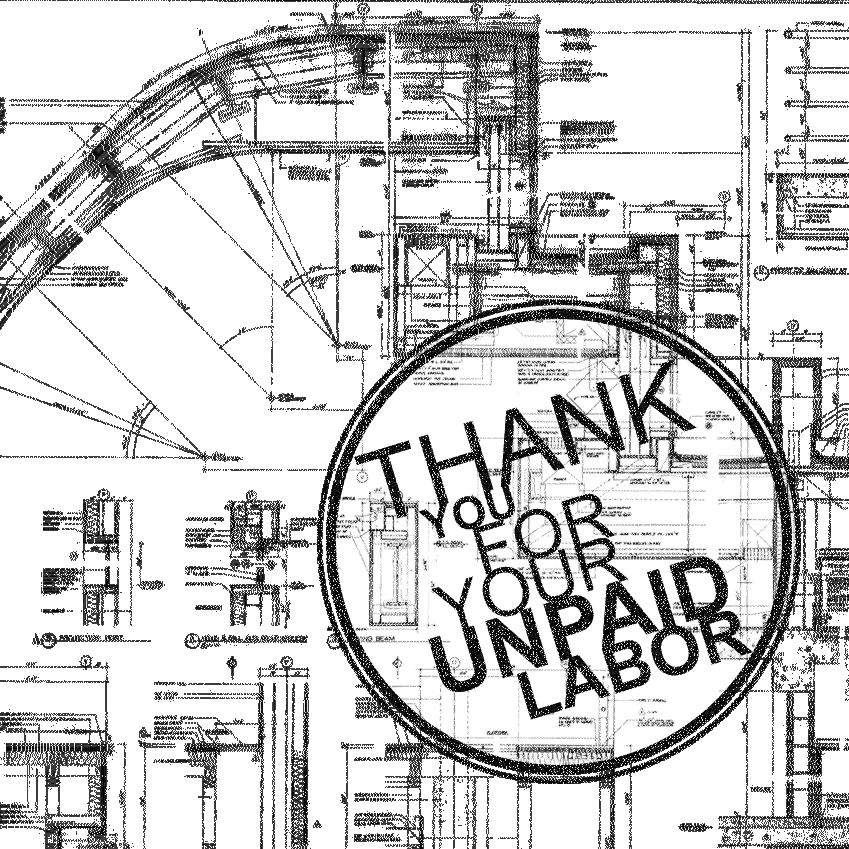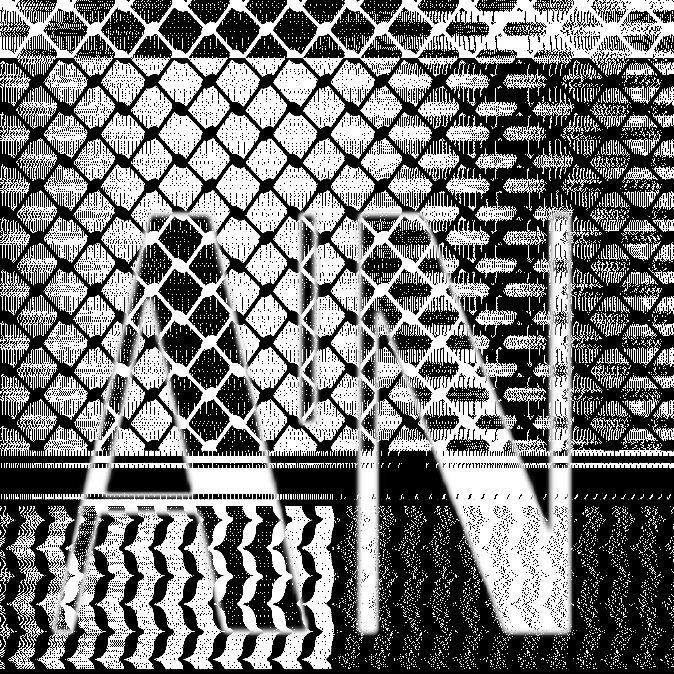Peggy Deamer
Perspecta
August 2015
Excerpt
“At a recent symposium, a young audience member asked the distinguished panelists what she could expect from a career in architecture. One of the panelists answered fervently: “Architecture is not a career. It is a calling!”
Prologue: How did we get here?
For a profession that seems to have it all—architectsʼ creativity, unlike artists, is professionally sanctioned; we make things that matter to the world—how could we be victim of the same capitalist ideology which, in the form of Christianity, asks the poor to feel righteous about their poverty?
My first answer is—we donʼt believe we do work. 1 We go to the office, we get a paycheck, but as a profession architecture produces designs, neither mere products nor services. We know we are producing an object (indeed, a big one) but we donʼt like to think that we produce a “commodity.” We compare ourselves to doctors and lawyers, but believe our work is too creative and culturally significant to be properly filed under “service sector.” Consequently, we fail to conceptualize our work as work.
In comparison to manufacturing jobs, we lack security structures—unions, guilds, or institutionally sanctioned labor laws—that prevent architectural staff from being fired with no cause, working for no pay, or enduring oppressive hours. Considering that the majority of architectural staff are asked to work 70-hour weeks at an average of $55K a year, we earn $15 an hour, roughly the same as my daughter earns babysitting, and are no better off than factory workers. In comparison to service professionals, the starting salary for architects, with comparable years of education at a top school like Yale, is less than 1/3 of lawyersʼ and doctorsʼ; 6 years out, that percentage rises but lingers just above 45%. 2
My second premise is—we have a pathetic notion of design that isolates it from work. Architects design, constructors build; we do art, they do work. This division, which is both conceptual and contractual, keeps architecture from not only achieving the above described financial and monetary rewards, but also social relevance and personal satisfaction. 3 It precludes social relevance because we do not see ourselves in the class of workers. In discussions about minimum wage, in reading about the strikes of non-union food-service providers, in producing designs that are built by indentured labor in Asia and the Middle East—we donʼt relate. More than this, Marx has made clear that labor is a social issue, not merely because it relates worker to worker, but because it permeates every aspect of our home and psychic life. 4
The first two parts of this chapter attack architectureʼs “work-aphasia” from these two observations. Part I exposes polemics about art and creativity that refuse to be divorced from issues of work/labor 5 , value, and money. Art practices are instructive because, if architects think we do art, not work, itʼs surprising to show that artists do think they do work. Part II attacks positions claiming that work in general is inherently not fun, creative, or aesthetic. Theorists, both utopian and practical, who espouse the creative nature of work, offer liberating perspectives on reconstituted and re-managed formulations of work. After this, the implications for architecture are explored…”
Read the rest of the essay in Perspecta 47: Money or Architect as Worker: Immaterial Labor, the Creative Class, and the Politics of Design
Perspecta 47
Money
Edited By: James Andrachuk, Christos C. Bolos, Avi Foreman, Marcus A. Hooks
Cambridge: MIT Press; August 2015
ISBN: 9780262526883
The Architect as Worker
Immaterial Labor, the Creative Class, and the Politics of Design
Edited by: Peggy Deamer
New York: Bloomsbury; 2015
ISBN: 9781472570499
ENDNOTES
- Some might object to my use of “we,” but, as Jodi Dean, in her The Communist Horizon, indicates, the second person plural invokes a needed sense of collectivity. This is not an academic issue; it is a political one.
- See Phil Bernstein’s article in this same Perspecta. I am indebted to him for sharing and expanding on the indignation expressed here about the profession of architecture.
- While the division between design and construction has existed since the Renaissance, workaphasia and the unhappiness it causes has not. Between the Renaissance and the Industrial Revolution, drawings produced by the architect were intentionally incomplete to allow for the input of the constructorʼs craft. The drawings described the effect to be achieved and were considered objects of beauty in their own right. During the Industrial Revolution, when craft in construction was at risk of being spread out over a number of trades, architects and craftsmen together fought the effects of the division of labor by turning to the interior as the provenance of synthesized design and industrially-produced craft. In the 20th century, in keeping with the (popular?) turn in economic concern from production to consumption, architects saw themselves as producing not just the modern, clean, unsentimental building but the modern, healthy, unsentimental citizen. While this concern for the client as opposed to the constructor/laborer was initially ethical and public in nature, it quickly became practical and private as architects aimed to please their clients, not educate them. The architectʼs social concern, having shifted from builder to owner/user, disappeared all together.
- In the August 12, 2013 New Yorker, James Surowieckiʼs “Why Do So Many Jobs Pay So Little?” describes how low-margin enterprises like McDonaldʼs, depending on cheap labor for its 6-centson-the-dollar profit, need to be re-conceived. It is not merely that McDonaldʼs needs to pay more, “and it isnʼt enough to make bad jobs better. We need to create better jobs.” One canʼt dismiss the similarity between architecture and McDonald as low-margin industries. How many times have we heard the excuse of the under-paid staff member: “How can I ask for more money when I know the boss isnʼt paid properly either?”
- If the term “labor” has a negative connotation—work indicates use-value, labor indicates exchange value; work is distinctly human while labor is beastial, never-ending, animal-like—it also correctly insists that production is organized by a system of value that is socially constructed.



